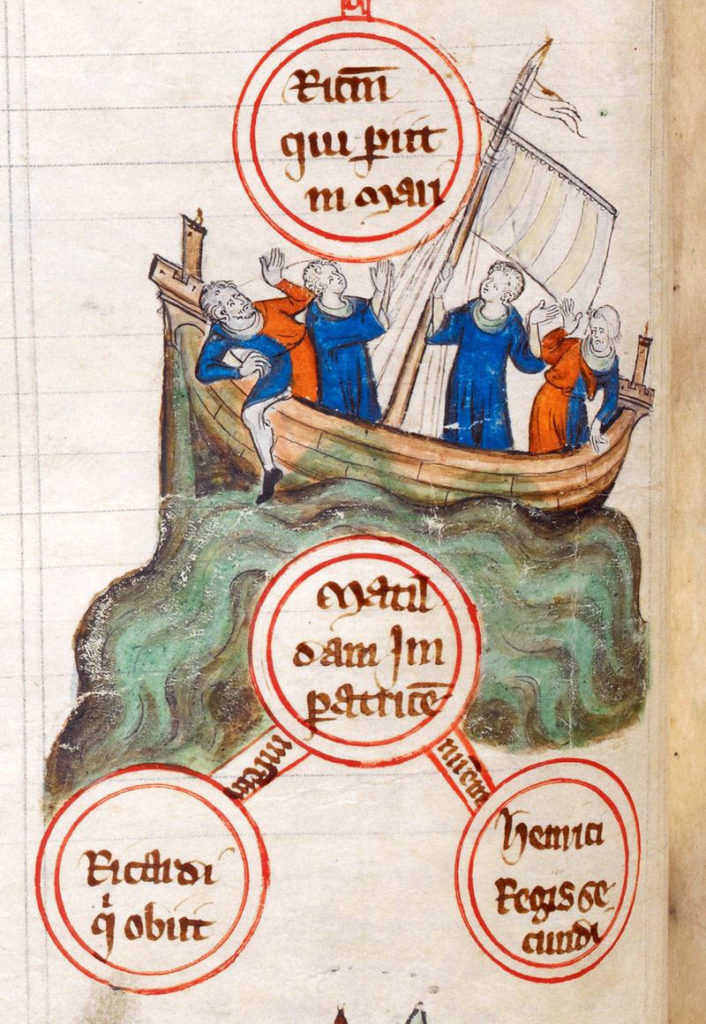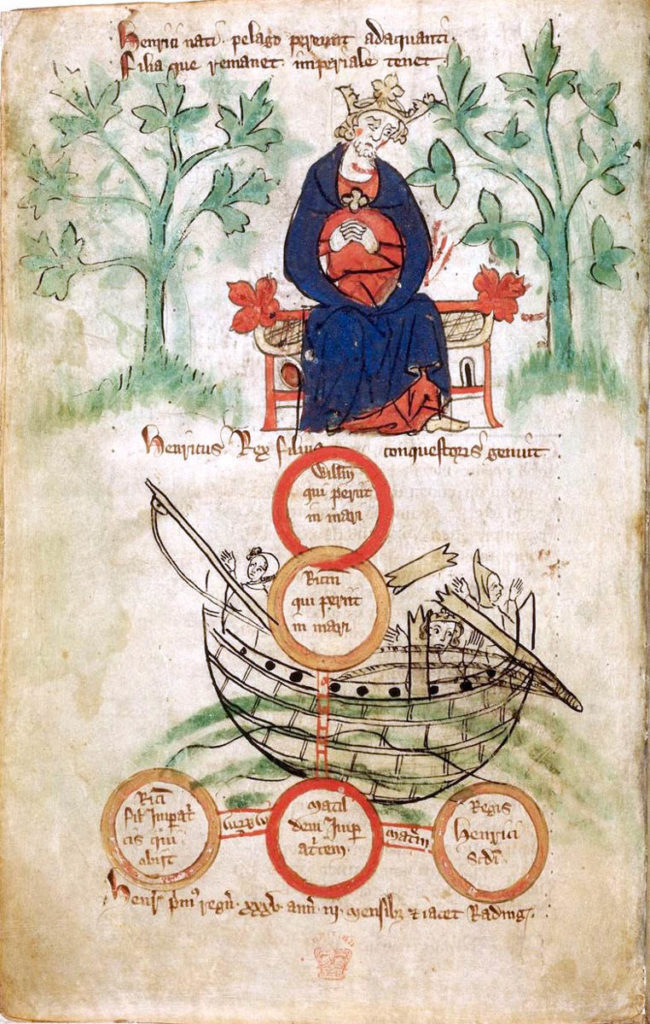Countless marine catastrophes have occurred around the world over hundreds of years as a result of both human error and conditions beyond their control, such as weather. According to estimates, there are about three million shipwrecks on the ocean floor. The figure dates back to when humans first began crossing oceans and lakes. The oldest wrecks are 10,000-year-old canoes, while the newest are shipwrecks from the twenty-first century. Only a small percentage of the ships are known, and even fewer have been investigated.
Today, we’ll look back at the sinking of the “White Ship” and some of the history surrounding it.
The White Ship was a newly repaired ship captained by Thomas FitzStephen, whose father Stephen FitzAirard had served as captain of William the Conqueror’s ship Mora during the Norman conquest of England in 1066. To return to England from Barfleur in Normandy, Thomas offered his ship to Henry I of England, but he had made other travel plans. Many of Henry’s nobles, including his successor, William Adelin, his illegitimate offspring, Richard of Lincoln and Matilda FitzRoy, Countess of Perche, were passengers on the Whiteship.
On November 25, 1120, the White Ship sank in the Channel during a voyage from France to England near the Normandy coast off Barfleur. Only one of the 300 persons on board, a butcher from Rouen, survived. The revellers (party passengers on the ship) asked the ship’s captain, Thomas FitzStephen, to overtake the king’s ship, which had already sailed. The White Ship was quick, well-built, and had recently received fresh materials, giving the captain and crew confidence that they would arrive in England first. However, when it set sail in the dark, its port side collided with a submerged rock known as Quillebuf, and the ship capsized.
According to chronicler Orderic Vitalis, the sailors requested William Adelin for wine, (Henry I successor) which he generously provided. There were roughly 300 individuals on board when the ship was ready to depart, though several, including future king Stephen of Blois, had disembarked owing to severe binge drinking before the ship sailed.
After the collision when he heard Matilda’s calls for help, William Adelin got into a tiny boat and could have been saved, but he turned back to try to save his half-sister. Others trying to save themselves swamped his rescue boat, and William drowned alongside them. Berold, a butcher from Rouen, was the only survivor of the shipwreck, according to Orderic Vitalis, by clinging to the rock. According to the chronicler, when Captain Thomas FitzStephen arrived at the surface after the shipwreck and found that William Adelin had perished, he chose to drown rather than face the Henry I.
The period known as the Anarchy arose as a direct result of William Adelin’s death. After the accident on the White Ship, Henry I was left with only one legitimate child, a second daughter named Matilda. Despite the fact that Henry I had repeatedly forced his barons to sign an oath to support Matilda as his heir, a woman had never ruled England in her own right. Matilda was especially disliked because she was married to Geoffrey V, Count of Anjou, a Norman nobleman who was a longstanding foe of the English aristocracy. The English lords were hesitant to accept Matilda as queen regnant after Henry’s death in 1135.
Stephen of Blois, Henry I’s nephew through his sister Adela, usurped Matilda and his older brothers William and Theobald to become king. Stephen had apparently planned to travel on the White Ship, but had disembarked just as it was about to set sail due to his pre-departure binge drinking.
Following Henry I’s death, Matilda and her husband, Geoffrey of Anjou, the Plantagenet dynasty’s founder, waged a long and bloody fight against Stephen and his allies for control of the English throne. The Anarchy dragged on from 1135 to 1153, wreaking havoc across the country, particularly in southern England.
“No ship that ever sailed brought England such disaster, none was so well known the wide world over. There perished then with William the king’s other son Richard, born to him before his accession by a woman of the country, a high-spirited youth, whose devotion had earned his father’s love; Richard earl of Chester and his brother Othuel, the guardian and tutor of the king’s son; the king’s daughter the countess of Perche, and his niece, Theobald’s sister, the countess of Chester; besides all the choicest knights and chaplains of the court, and the nobles’ sons who were candidates for knighthood, for they had hastened to from all sides to join him, as I have said, expecting no small gain in reputation if they could show the king’s son some sport or do him some service”.
Contemporary historian William of Malmesbury








